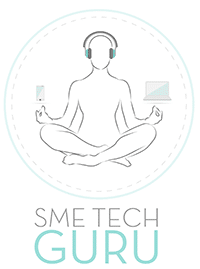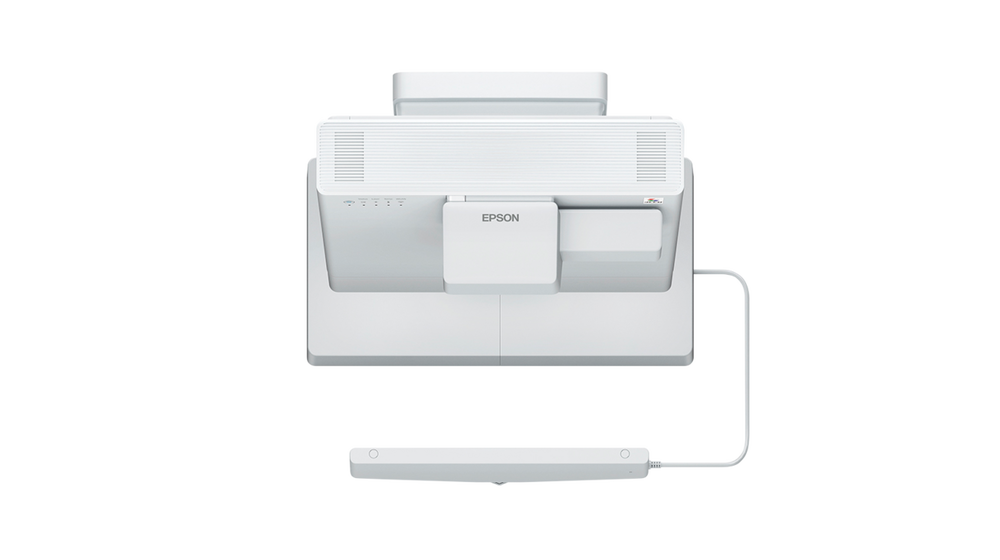By Timothy Wilson, business account manager – visual instruments at Epson South Africa
Visual learning tools have advanced from a time when the best method of relaying information to a classroom was either on a blackboard or an overhead projector. Schools now have access to numerous solutions that help create engaging learning environments, from high-definition flat-panel displays to interactive projectors.
However, choosing the best display for the classroom goes beyond just opting for the latest technology. It requires selecting a solution that will ensure every student in the room can see the material being displayed, is flexible enough for teachers to become creative with their lessons, and allows the teacher and students to engage with the material on-screen.
Large-scale visual aids help students retain information.
Global research by Changing Minds shows that learners retain 80% of information from a visual presentation and only 25% from a verbal lecture. This makes classroom projectors ideal visual learning tools that allow teachers to bring learning to life through captivating and colourful content and transform the learning experience for pupils.
Teachers no longer have to rely solely on books or a blackboard to engage with students by incorporating projectors into the learning environment. Instead, they can access even more resources, like videos and the internet, to stimulate learners’ imagination in the classroom.
Flat-panel displays vs projectors
A study by Radius Research asked 106 students between the ages of 12 and 22 to read specific educational content (charts and text-based information) from a 4K 70-inch flat-panel display and write down what they saw. More than half (58%) of the students said they couldn’t read the content shown on the flat panel.
Unlike flat-panel displays, which have fixed screen sizes, projectors can produce much larger displays. This technology can display content on a screen of up to 100 inches in full high-definition quality, ensuring all the students in the room get a perfect view without losing image quality or needing constant zoom adjustment.
Having the right-sized image for a classroom can make a huge difference to pupils’ level of concentration, engagement and comprehension.
Interactive projectors bring learning to life
In addition to the visual, large-scale benefits of classroom projectors, interactive projectors further enhance the learning process by allowing learners to get out of their seats to engage with the content on-screen.
Besides producing high-quality images with vivid, natural colours even in daylight, interactive projectors, like the Epson EB-1485Fi, feature interactive pens and optional finger touch to allow teachers and students to write on the screen ad interact with content. This addition makes collaborative work a part of the learning process and even enables teachers to place two projectors side-by-side to create a super-sized interactive content display using built-in Edge Blending.
Depending on how interactive projectors are mounted, teachers can display images on different walls, tables, or floors. This can add creativity to lessons by allowing learners to plot geographical locations on a projected map or solve puzzles – increasing retention and strengthening their problem-solving and critical thinking skills.


